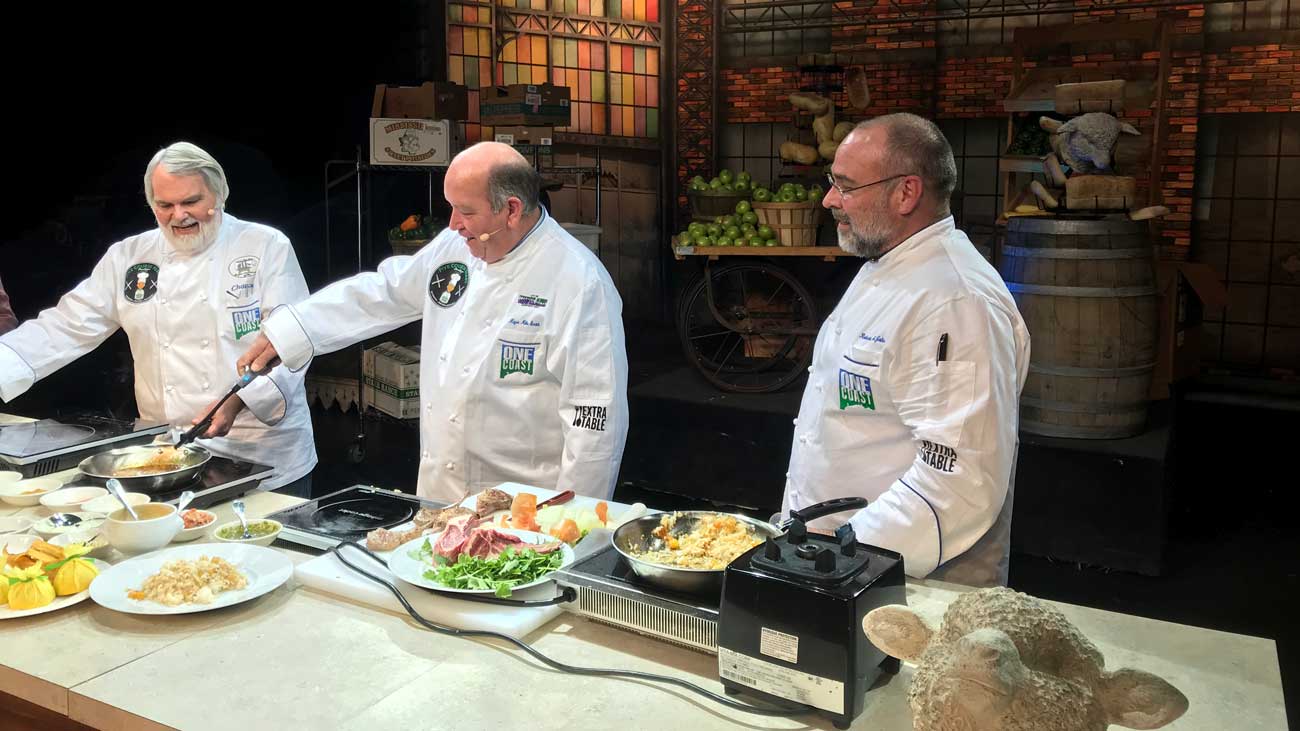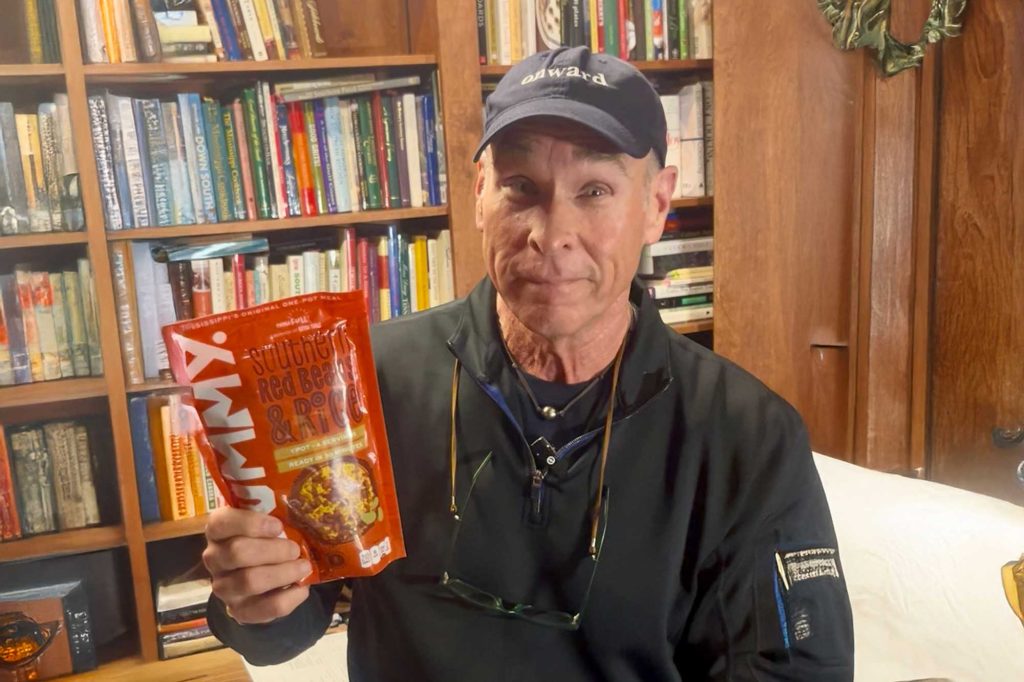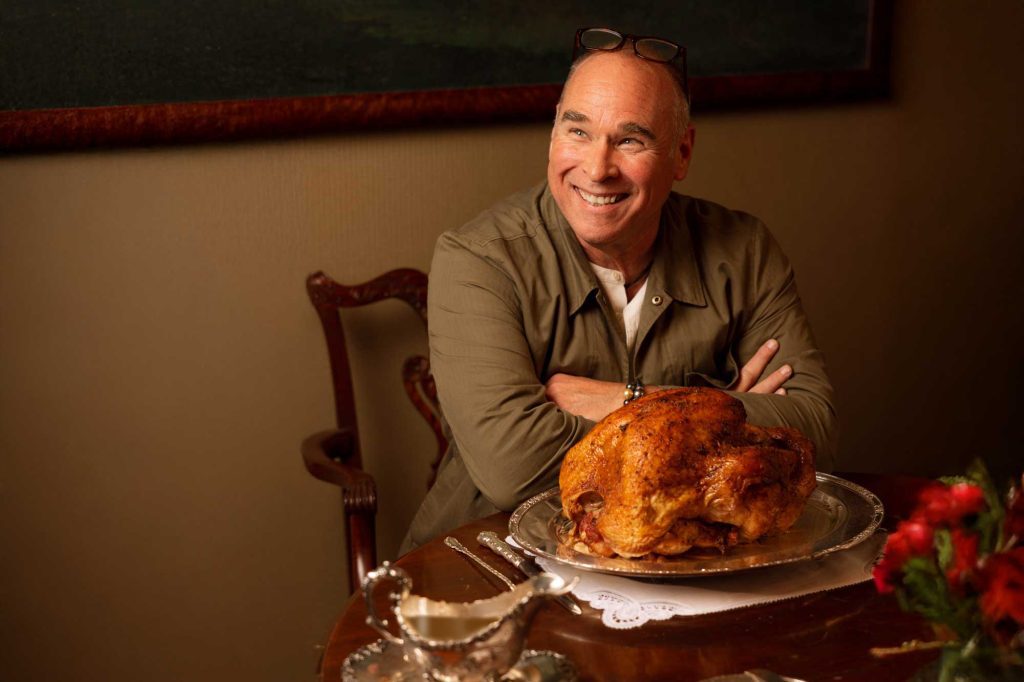 Mississippi’s greatest pastimes are football, hunting, and fishing. I love football on all levels. It’s a game I know very well, it’s a game I played, and it’s a game that I enjoy watching my son play. Football has always been, and always will be, one of the greatest joys of my life, and one of the things that I prioritize over most other non-family and non-business related activities. I love football so much that I can sit in the stands and watch a pee wee game and be totally enthralled even if I don’t know any of the players.
Mississippi’s greatest pastimes are football, hunting, and fishing. I love football on all levels. It’s a game I know very well, it’s a game I played, and it’s a game that I enjoy watching my son play. Football has always been, and always will be, one of the greatest joys of my life, and one of the things that I prioritize over most other non-family and non-business related activities. I love football so much that I can sit in the stands and watch a pee wee game and be totally enthralled even if I don’t know any of the players.
I am not much of a hunter. I don’t deer hunt. I hunt quail, duck, and dove sparingly. I love turkey hunting, but I’m not very good at it. Just know that Mississippi’s diverse fowl population is safe when I am in the turkey woods or a flooded field.
My family had a small fish camp on the Mississippi Gulf Coast and I loved being a part of that environment. We fished, shrimped, and set out crab traps, which was a blast. But we also water skied. In 1976 I probably would have chosen to throw out a ski rope over dropping a fishing line in the water nine times out of 10.
What truly impacted me in those early years on the Coast— more than the actual sport of fishing— was the food culture in that region. Other than the one time when my mother, grandparents, and I caught 63 redfish in a matter of hours on Crooked Bayou #8 (in the pre-Prudhomme days of no limits), the memories of coastal fishing in my youth all meld into one bulk impression— we fished.
Though I can remember exact details of boiling shrimp, frying fish, harvesting crab traps, picking crabs on the dining table, the way the kitchen filled with the smell of crab boil, and how our cocker spaniel used to bark at the live crabs before we submerged them in the pot. Food holds such strong connections with my memories. Some people enjoy being on the water and the actual “catching” of the fish. I love being on the water, but I enjoy the “cooking and eating” of the fish most.
We cooked a lot of trout, redfish, and flounder. We caught a lot of sheepshead back then, but we threw them back. My grandfather always said that they were tough to clean and not worth the effort. Many years later, after I opened my first restaurant, I learned that we had been throwing back one of the Gulf’s greatest delicacies. My grandfather said that sheepshead was a “trash fish.” He was wrong.
My grandfather called them, “shellcrackers,” as a little kid, I called them “zebra fish” (for obvious reasons). It’s true that the yield isn’t great when cleaning a sheepshead, but the payoff is amazing. We have probably cooked and served more than 15 tons of sheepshead at our restaurants over the past 28 years and it hurts my heart to think that we threw so many of them back in the water when I was a kid.
Sheepshead is mild, white, and flaky. It’s everything I want in a piece of fresh fish. It can be cooked using several methods and holds up well to grilling. Most people don’t realize how delicious sheepshead are, probably because they are so much work to clean. Many customers will opt for speckled trout, redfish, flounder, red snapper, and grouper over sheepshead, but not me. Actually, these days I’ve been eating a lot of tripletail, and I’m a little resentful over that species, too.
Whereas we threw back sheepshead as a kid fishing the Gulf. We never even knew tripletail existed. Today, given the choice between eating tripletail and, well almost any other fish, I’m choosing tripletail.
Tripletail are a warm water pelagic found throughout the Coast. They can usually be spotted playing possum around buoys, crab trap markers, and random objects floating in the water. At first glance they look like they might be dead and floating on their side. But in reality, they’re just hanging around waiting for a shrimp or a small crab to swim by. Many fishermen say, “if you can see a triple tail, you can catch a tripletail.” I have other friends who say that they spook easily. Either way they are typically a very inquisitive fish. And they taste great.
If you’re on the Gulf and you see a boat heading back in with someone on the bow or in a tower standing watch, and occasionally stopping at a random buoy or piece of plywood floating on the surface, they are fishing for tripletail. They’ll try to get as close as they can and then cast a shrimp near the tripletail. More times than not, with a little patience, they will be eating well later that evening.
There are some fisherman who fish exclusively for tripletail and have surface “wrecks” positioned from the Mississippi Gulf Coast to the Florida Panhandle. They go out and back with one purpose— to catch as many tripletail, and only tripletail, as possible.
To my taste, tripletail is the best tasting fish in the Gulf and fun to catch. Had we been fishing for tripletail when I was a kid I might have stored the water skis and kept my fishing line wet. Either way, the turkey and duck are still safe.
Paneed Tripletail or Sheepshead
8 Tripletail or Sheepshead filets, 6-8 ounces each
4 Tbl Clarified Butter , divided
1 cup Seasoned Flour
4 cups Button Mushrooms, sliced
1 1/2 cups Green Onion, sliced
3 ounces White Wine
1 Tbl Garlic, minced
1 1/2 cups Creole Cream Sauce
1 pound Crawfish Tails, cooked and peeled
2 Tbl Fresh parsley, chopped
Preheat oven to 350.
Put seasoned flour into a large shallow pan. Lightly flour filets (using no egg wash or liquid). Heat half of the butter in a large skillet over medium high heat and brown both sides of fish. Do not overload the sauté pan.
After fish is brown, place filets on baking sheet and cook in oven for 5–10 minutes, depending upon the thickness of the filet. Add the remaining butter to the sauté pan and place mushrooms in skillet and sauté until tender. Add garlic and green onions and cook 2–3 more minutes. Deglaze with white wine and let wine reduce by one-half. Add the Creole Cream sauce and simmer for one-two minutes. Stir in the crawfish and cook for two more minutes.
Remove filets from oven and place on serving dishes. Evenly divide the crawfish topping over fish and serve. Garnish with fresh parsley.
Yield: 6–8 servings
Creole Cream Sauce
2 cups Heavy Cream
1 Tbl. Creole Seasoning
2 Tbl. Worcestershire Sauce
2 Tbl. Hot Sauce
1 tsp. Paprika
Place all ingredients in a double boiler over medium to medium-low heat and reduce by one half (low and slow, stirring often) until thickened.



